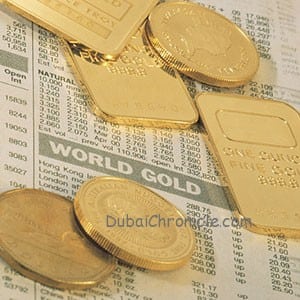
Total gold demand in Q3 2015 stood at 1,121 tonnes (t), an increase of 8% compared to the same period last year, according to the World Gold Council’s Gold Demand Trends report.
Q3 2015 consisted of two distinct halves. In the first part, a number of factors, including ETF outflows, contributed to a price dip which buoyed consumer demand around the world. A shift in tactical investor positions in the latter part of the quarter led to modest ETF inflows in August and September, which helped to push prices back up.
Global investment demand saw a significant increase this quarter, up 27% to 230t. Bar and coin purchases were up by a third on Q3 2014 with Western markets in particular showing a surge. In the US, bar and coin demand reached its highest total in five years, up 207% to 33t.
Europe also saw strong levels of demand in the investment sector as ongoing concerns surrounding the Greek debt crisis and c uncertainty in Eastern Europe, the result of a number of factors including continuing tensions between Russia and Ukraine and saw demand climb by 35% to 61t. In China, investment demand grew by 70% to 52t, as demand was initially stimulated by the gold price weakness in July, which was further fuelled by the mid-August foreign exchange reform. In India, the investment sector saw its first increase since Q3 2014, up 6% year-on-year to 57t.
Overall jewellery demand for Q3 2015 was 632t compared to 594t in Q3 2014, up 6% year-on-year. Consumers in India, China, the US and the Middle East took advantage of lower prices in July and August. This was particularly evident in India, partly as festival purchases were brought forward, resulting in a 15% increase in jewellery demand to 211t over the period.
Central banks remained a significant source of demand, and were net buyers for the 19th consecutive quarter. Purchases by official sector institutions reached 175t, a level almost matching the record highs in Q3 2014, as the net widened to include new reports from countries such as China and the UAE.
Total supply was marginally higher year-on-year up 1% at 1,100t. Mine production contracted slightly and recycling declined further in Q3, but this was more than offset by fresh producer hedging. The long term indication is that supply will remain constrained as the mining industry continues to proactively manage costs and optimise its operational performance.
































